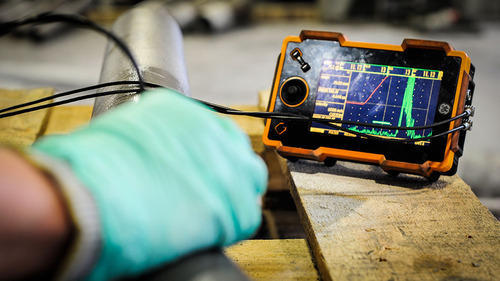Non-Destructive Testing (NDT) is proving to be an extremely effective way
for businesses to save time and money. These types of testing technologies help
companies test for quality assurance and identify areas of risk or corrosion
before they become problematic.
NDT is particularly effective because materials are tested in ways that do not alter the integrity or usefulness of the substance being examined. This makes the technique incredibly useful for determining the safety and reliability of products that are currently in-use as well as those intended for future use. NDT methods can detect internal and external irregularities and imperfections, determine the structure or composition of materials, and make accurate measurements of the products being tested – without destroying them.
Where To Use NDT Techniques
Non-Destructive Testing is used every day in industries all around us, ensuring our safety and security. NDT methods are used:
- In product evaluation.
- For troubleshooting
- For identifying areas of wear
- For assuring the safety and reliability of structures and component
- To find flaws or
irregularities both on and under the surface of materials.
NDT is used in many industries, including:
- Engineering
- Air
- Space
- Rail
- Motor vehicles
- Utilities
- Power and energy companies
- Construction
Contact Cutech Group of Companies to learn more about our NDT methods and how they can save your business time and money.

Comments
Post a Comment